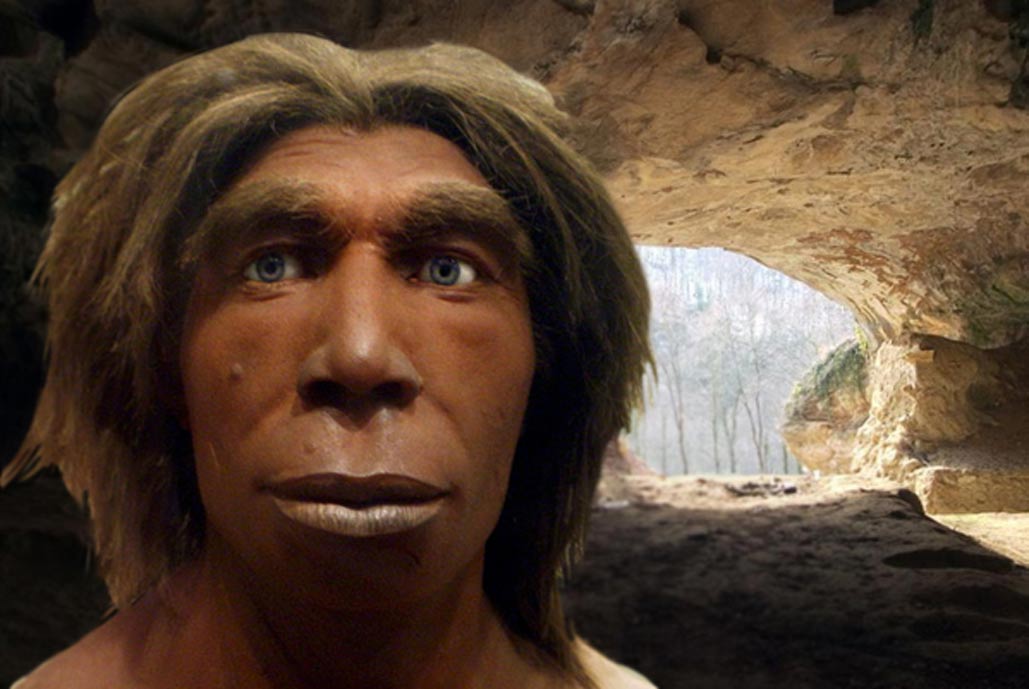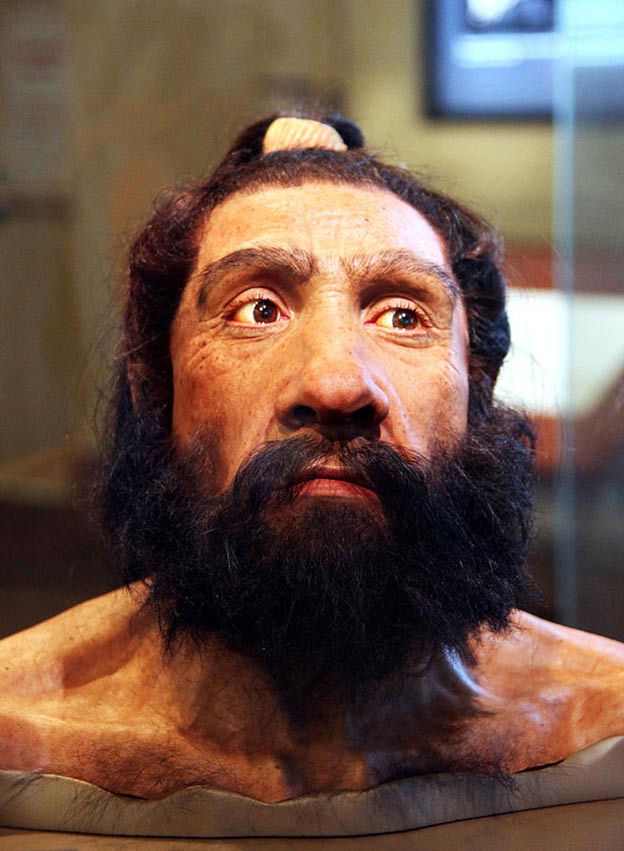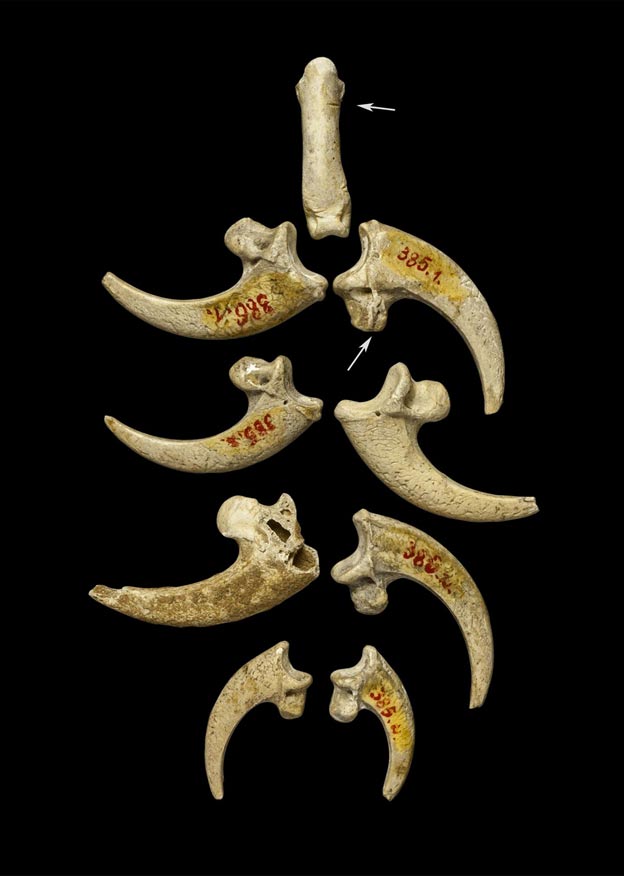
What Really Happened to the Neanderthals?
The Neanderthals are our closest evolutionary human cousins and for hundreds of thousands of years were much more successful at colonizing Europe than we were. Recent archaeological evidence shows that they had equal if not larger brains than Homo sapiens, developed language, tools, cared for their disabled and buried their dead—not at all the dim-witted cavemen of popular misconception.
They were stronger and better adapted to a cold post-ice age climate than we were. So why did they become extinct and we survived? The last decade has been a golden age in terms of our knowledge of Neanderthals—we have even extracted their DNA—and at last we are getting some answers.
Our shared origins
In the human evolutionary tree, Homo sapiens and Homo neanderthalensis (commonly known as Neanderthals and named after the Neander Valley in Germany where the first specimen was found in 1856) share a common ancestor in Homo heidelbergensis. Heidelbergensis evolved in Africa but around one million years ago some of them migrated into Europe and Neanderthals evolved from them, starting to develop into a distinct species about 500,000 years ago.
Most of our evidence of heidelbergensis comes from Europe rather than Africa, and we know that they were formidable hunters (butchered bones of lions and wolves have been found from this period) and used stone handaxes. By around 250,000 years ago they had evolved into Neanderthals, their stone tools became smaller and more sophisticated, and it is this date that is generally regarded as the beginning of the time of the Neanderthals.
Given that Homo sapiens did not even reach the European continent until about 45,000 years ago this means Neanderthals were the dominant humans in Europe for at least five times longer than we have been. As recently as 100,000 years ago Neanderthals would have seemed the obvious choice to become masters of the planet.
What makes a Neanderthal?
Of course the date of 250,000 years ago as the dawn of the Neanderthals is a bit arbitrary, and as with all evolutionary processes their development was a continuous gradual process. So what really distinguishes a Neanderthal from their ancestors?

Reconstruction of Neanderthal head, Smithsonian Museum of Natural History, Washington. (Tim Evanson via Wikimedia Commons, CC BY-SA)
Leading authority Dimitra Papagianni argues that it was mental ability, and specifically the ability to envisage the future and plan for it. The ability to understand their environment and plan for future events, even if it was simply to bring the right tools to skin an animal when going on a hunt. This requires a larger brain, but also the capacity for complex social communication, a concept that has been dubbed the ‘social brain hypothesis’. The idea is that they evolved a larger brain to allow more sophisticated communication and social organization, which in turn led to improved food production through more efficient hunting. Contrary to the popular image of Neanderthals as grunting dimwits who lacked fundamentally ‘human’ traits, it was their larger brains that distinguished the Neanderthals from their forebears.





